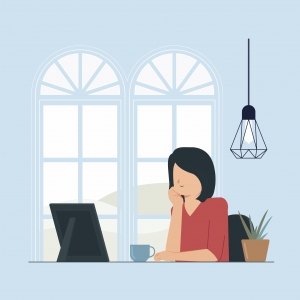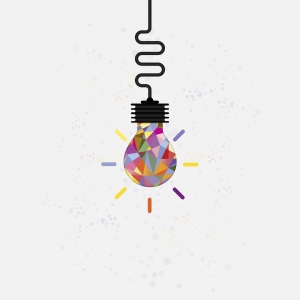As we move into our end-of-year/ New Year break, I thought it was timely to highlight the importance of rest and downtime.
I’ve previously shared information about the value of sleep and the benefits that even short naps provide: our brains are more effective with sufficient rest (nothing new here) meaning that we get things done much more quickly and with more ease than when we’re tired.
But apart from sleep, what is ‘rest’, really?
And why do we need it in addition to sleep?
What is downtime?
We often think we are resting or having downtime when we are reading a book, watching TV, or similar. For some people, downtime is going to the gym or a 5km run, or meditating for 10 minutes.
However, according to the Neuroleadership Institute (NLI), these activities do not give your brain the downtime that it needs to rejuvenate and replenish, or to consolidate and utilise what you know.
Instead, NLI define downtime as: “pure inactivity, doing absolutely nothing that has a predefined goal”. This might be a lazy Sunday morning with no plans, being spontaneous, and being in the moment.
It is “intentionally having no intention, of consciously engaging in doing nothing specific”.
Reading, watching TV, and meditation require focused attention. Going to the gym or for a run is goal-oriented and requires concentration (e.g., on technique, time, etc.). None of these qualify as ‘pure inactivity’.
Some downtime activities
- Going for a leisurely walk in the park
- Staring out of the window, wondering
- Daydreaming
- Having a shower or bath
- Using time at the airport or in waiting rooms to just sit and do nothing
- Having a coffee and casually observing what’s around you (vs looking at your phone)
- Listening to music or flicking through a magazine, if we do not pay focused attention to what is heard or written
Why it is important
Downtime is just one of 7 components that NLI found to be part of a healthy brain (sleep is another). Our brains rest when we give them a space to just ‘be’, allow our minds to wander or empty out.
There are two key benefits from downtime.
1. Replenishment
Our thinking brain uses a huge amount of energy (e.g., glucose, water) so it becomes tired, and we lose effectiveness in making decisions, in managing our emotions, and in thinking through problems. Rest helps to replenish this energy.
Looking out the window even for a couple of minutes can give enough replenishment for us to continue our tasks with focus and engagement and make better decisions.
Short spaces of downtime also help prevent our brains from becoming overwhelmed and overloaded, meaning that we’re less likely to have a brain snap or respond over-emotionally to a relatively small event.
2. Insights
More sustained rest, however, helps us to be innovative and find new insights.
Studies have shown that innovation and creativity rely upon the interaction of multiple cognitive processes, some of which occur only when we’re not focusing on a task.
Our brain’s resting-state circuitry activates during downtime and, in this state, our brain has the space to consolidate new knowledge, access knowledge from memory, imagine new possibilities, and to make new connections, leading to insights.
In fact, when we have a complex or tricky problem to resolve, then the research suggests that we are more likely to have insights when our brain disconnects completely from deliberate and goal-directed, conscious thinking of the tasks at hand.
Give it a go
Downtime is not just loafing or being ineffective. It’s not being lazy and it’s not wasting time.
It’s a critical part of overall health and well-being that enables us to be more present, more engaged, and more effective. It benefits our resilience too, though that’s another story.
Give it a go. Do nothing for a while.
Your brain will thank you (and you might just find the answer to that curly question..)
“Creativity is the residue of time wasted.”
Albert Einstein (apparently)






